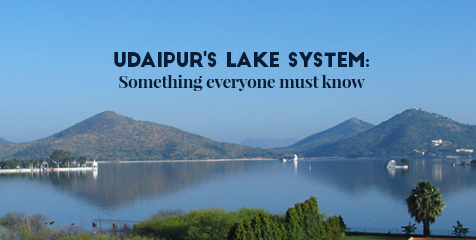Posted inFeatured
Udaipur’s Lake System: The Interconnection of Lakes, You Must Know!
Udaipur is famous all over the globe due to its beautiful lakes. But did you know that these lakes are interconnected and maintain a remarkable channel system? One, if residing…
